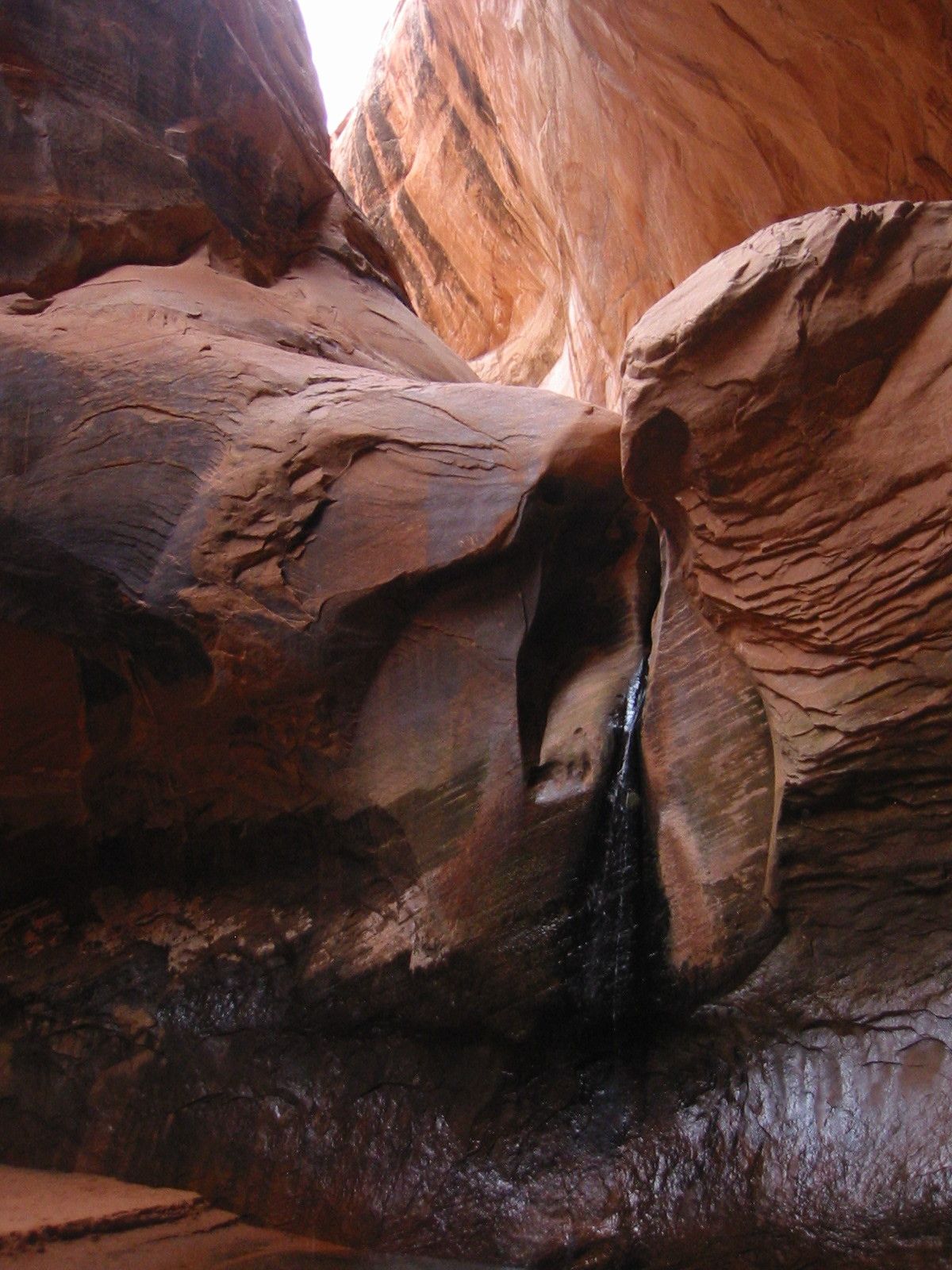“Environmental Journalism” encompasses, in my view, everything that describes how people interact with the planet, as well as how the planet’s systems work.
End of the Road: How development threatens an ancient pronghorn migration corridor. (January 2007)
Back from the Brink (cover) — The Endangered Species Act has taken a lot of heat for getting a lot of things wrong. Here’s where it’s done some demonstrable good.
Big Sugar vs. the Everglades — A classic battle of lobbyists, industry, and a political system that is just plain broken — especially in Florida.
Twilight of the Greens — A look into the ecosystem of the conservation community, from the “top predators” of the big national groups to the “leaf cutter ants” of the grass-roots groups.
 A Dry Red Season: In 2005, the water in Lake Powell dipped to its lowest levels in decades, revealing some of the wonders of inundated Glen Canyon. April 2006
A Dry Red Season: In 2005, the water in Lake Powell dipped to its lowest levels in decades, revealing some of the wonders of inundated Glen Canyon. April 2006
Of Lynx and Men — The lynx, a feline predator just a little bigger than a huge housecat, once roamed large swaths of North America. Its numbers have dwindled, and a group of biologists from the Colorado Division of Wildlife decided to do something about it. (April 2002)
S.O.S. Life in the Arctic requires a lot of specialization, whether you’re a bearded seal or an Inupiaq subsistence hunter. Climate change is hitting the region hard.
Polar Distress (cover) The Arctic food chain is among the most productive — and sensitive — on the planet. As we’ve learned from the “Deepwater Horizon” oil spill in the Gulf of Mexico, offshore oil drilling is a risky business. A look at how efforts to ramp up offshore oil exploration in the Arctic sound like a bad idea if you’re a copopod, or a walrus.
Divestment Movement When Stanford University students convinced the administration to divest the university’s investments in coal, it was a banner day for a movement that has the potential to reshape the world’s commitment to making a massive transformation in how we think about fossil fuel consumption. Inspiring.
Running on Empty (cover) Energy policy in the United States is almost an oxymoron. Here’s what “domestic energy production” looks like in the western U.S.
Leader of the Pack — On the White Indian Reservation in Arizona, Apache biologists work with the U.S. Fish and Wildlife Service to bring the Mexican wolf back to its native turf
Slick Promise (cover) The overselling of oil shale, “the fuel of the future — and it always will be.”
Pulp Fiction — How Michael Crichton screwed up the science in State of Fear
Debunking Lynxgate — When news got out that federal biologists had “planted” lynx fur in a national forest in Washington, in a devious plot to take control of public lands, Outside called me to ask those fellas, “What were you thinking?” Turns out the entire story was a hoax, and possibly part of a strange, right-wing disinformation campaign
On Thin Ice: Can Polar Bears Survive Global Warming (cover)
Still Howling Wolf (cover) — Since the reintroduction of wolves to the Yellowstone area in 1994 (I was in Canada covering the first wolf trapping for Newsweek), humans in the northern Rockies have had to learn, once again, to live with wolves. I wrote this cover story about how some residents of Sublette County, ground zero for the wolf wars, were doing. The Story Group’s multimedia production on the subject can be found here.
 Climbing and Cleaning the Peaks is a story I wrote about a trip to northern Pakistan in 1998 to write about Brent Bishop, a second-generation American Everest summiteer. On this trip, I met Greg Mortenson, Brent’s brother-in-law and the subject of substantial attention for his book Three Cups of Tea. Besides the fact that this magazine’s art director may have been taking drugs, the story does set a scene for how challenging it is to work in that part of the world.
Climbing and Cleaning the Peaks is a story I wrote about a trip to northern Pakistan in 1998 to write about Brent Bishop, a second-generation American Everest summiteer. On this trip, I met Greg Mortenson, Brent’s brother-in-law and the subject of substantial attention for his book Three Cups of Tea. Besides the fact that this magazine’s art director may have been taking drugs, the story does set a scene for how challenging it is to work in that part of the world.





